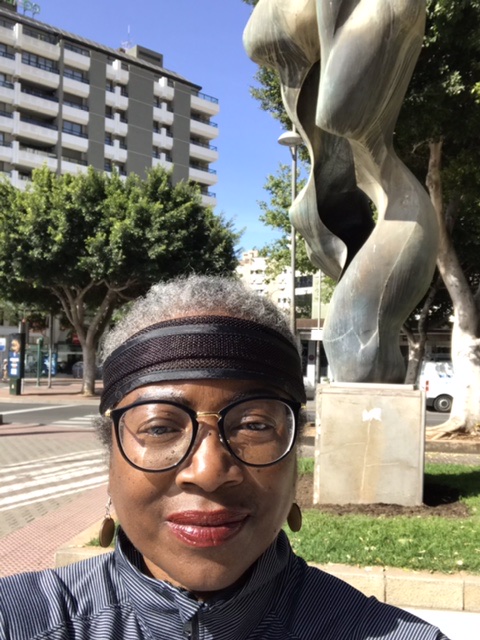•
The Beginning.
Distance is easy. The first step is hard.
Almería on the south coast of Spain is where I took my first, hard step. I needed two short days to recuperate from jet lag and the saga of that “missing plane” to get here.
I stayed at a very nice boutique hotel in the central part of the city. How did I get there from the airport? My favorite way of course – public transportation.

Instead of a taxi, I took the local bus that landed me a short walking distance from my hotel in the central city. The fare was only €1.05.
It was a nice way to continue with my public transportation experiment in cities to which I travel.
A little history of Almería
Almería is a bustling capital city in Andalusia on the southeastern coast of Iberia or Spain. It is the capital of Almería province. The city is directly on the Mediterranean sea.
It has been home to different civilisations throughout its history. My pilgrimage on the camino Mozárabe snakes through many of these archaeological remains scattered all over Andalusia.
Phoenicians, Carthaginians and Greeks exploited its mines and traded up and down its coast. The Romans, who settled here in the 3rd century B.C., transformed it into “Porto Magnus” on the Mediterranean and stayed until the arrival of the Visigoths in the 7th century.
Caliph Abd al-Rahman founded the city in 955. The city or medina grew wealthy during the Islamic era, becoming the most important taifa or kingdom in Muslim Spain. Almería enjoyed an active port that traded silk, oil and raisins.
The Arab influence was the most significant, as they remained in Spain for almost eight centuries.
Castles and fortresses provide an historic testimony for understanding the interactions of all these different cultures from the past.
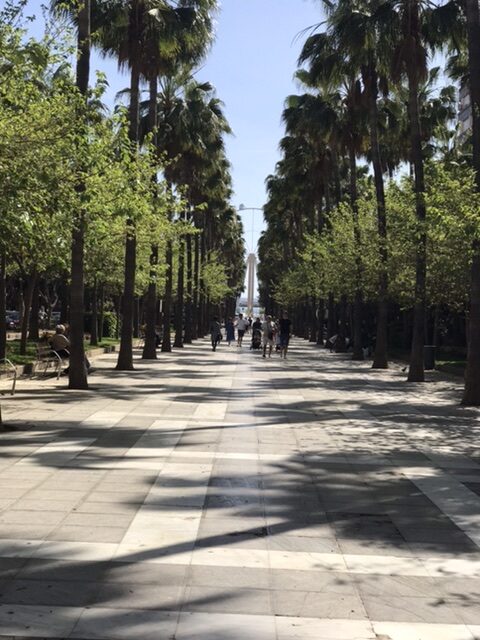
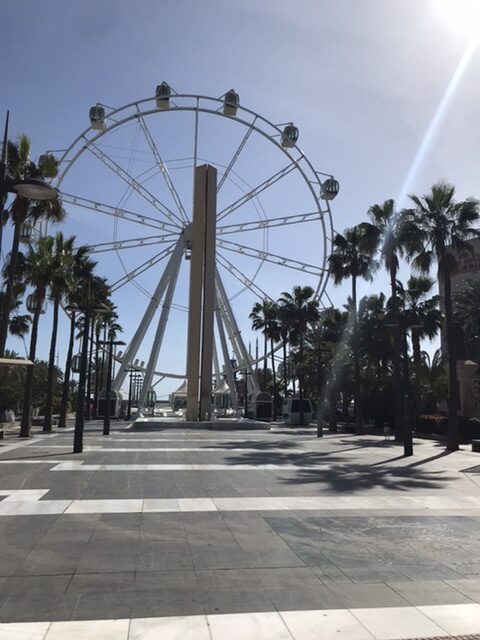
The big city feel of Almería is a calming prelude to the long walk I was about to take.
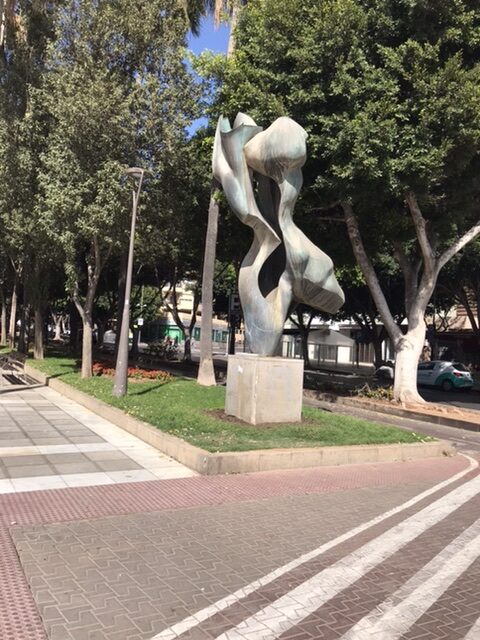
Public art in the promenade in central Almería provides a hint of art treasures all over Spain.
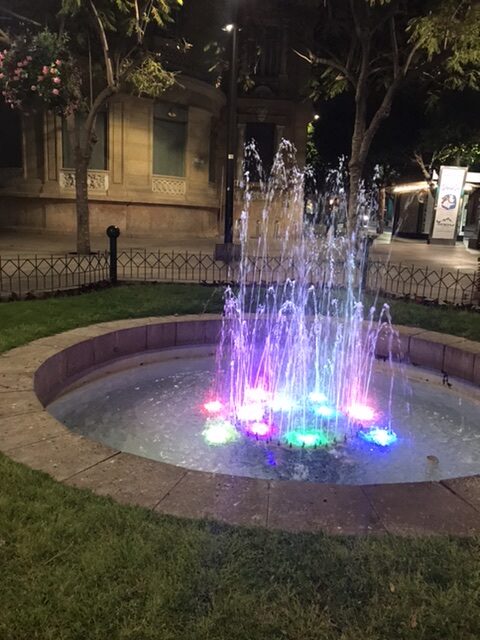
The Alcazaba
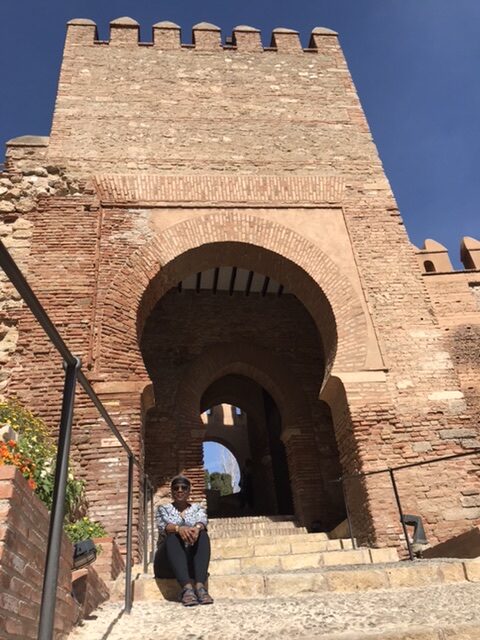
Overlooking the sea, the defensive citadel of Alcazaba is located in the upper sector of the city. The Caliph began building the structure immediately after taking over.
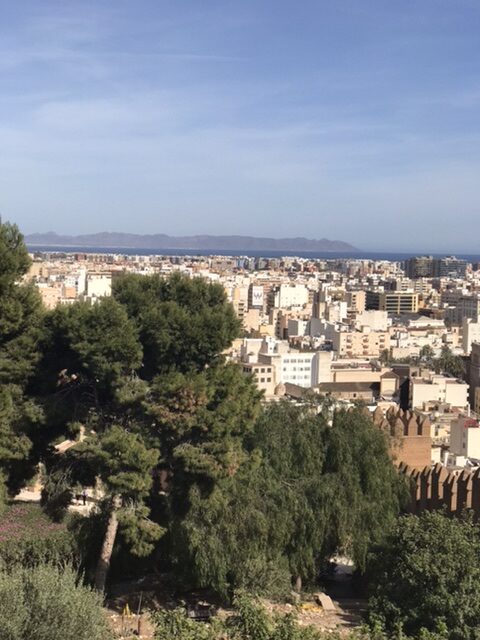
The walled complex of towers, squares, houses, and a mosque was the seat of the local government, commanding the city and the nearby sea.
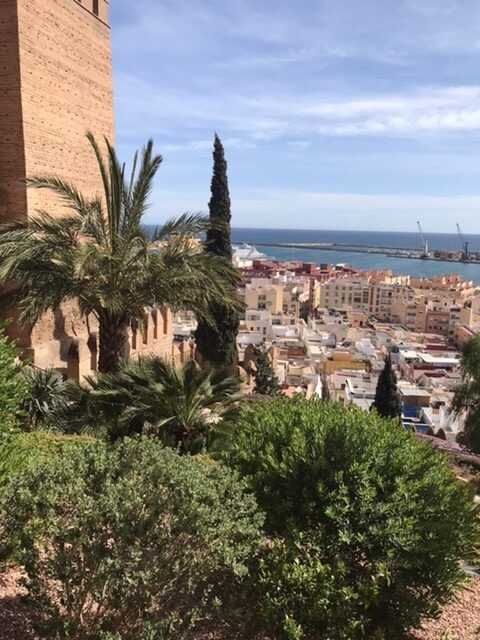
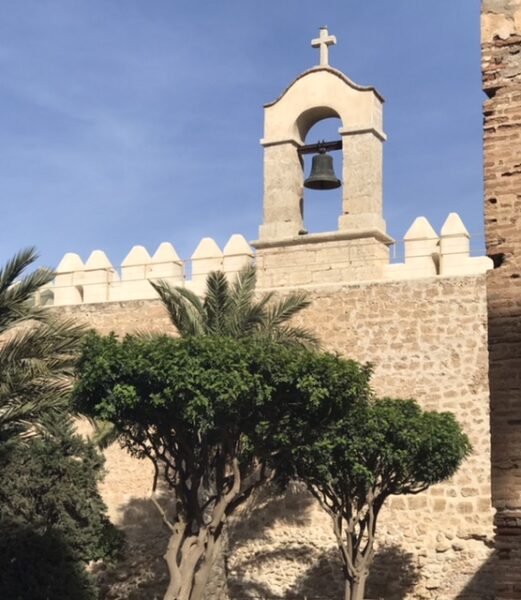
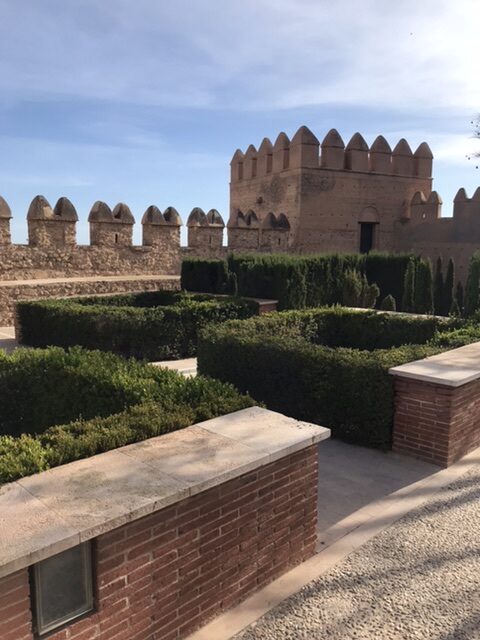
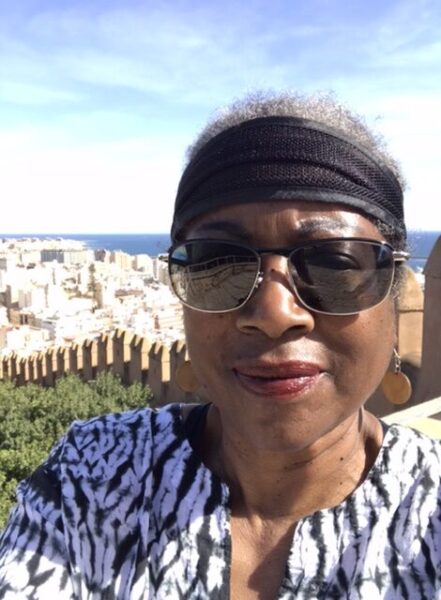
Being adjacent to a small desert, Almería has an exceptionally dry climate. Innovative and clever management and conservation techniques were necessary in past centuries.
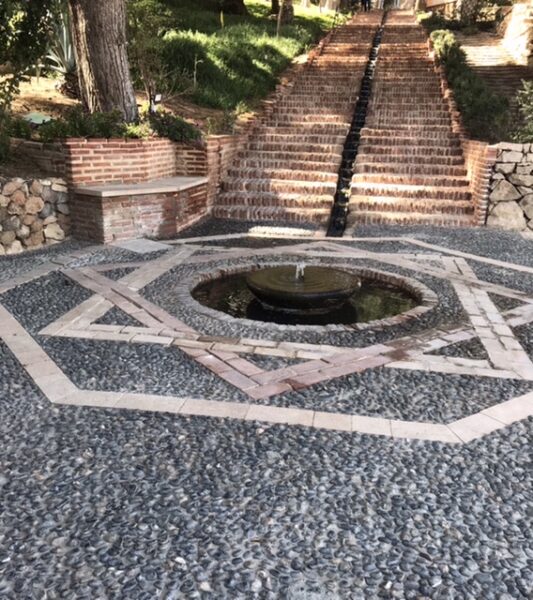
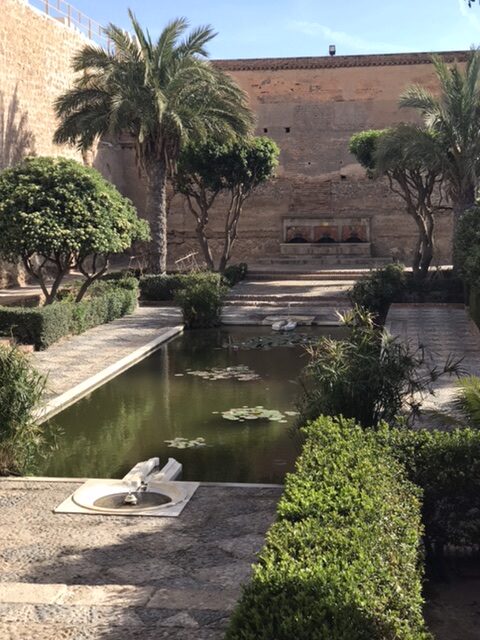
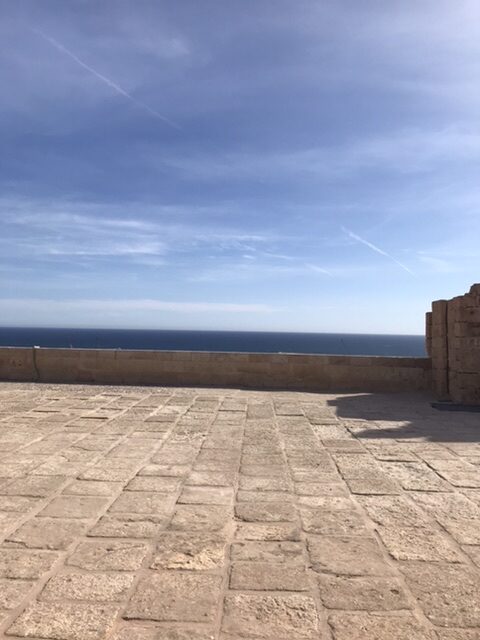
The cathedral in Almería
The Cathedral in Almería
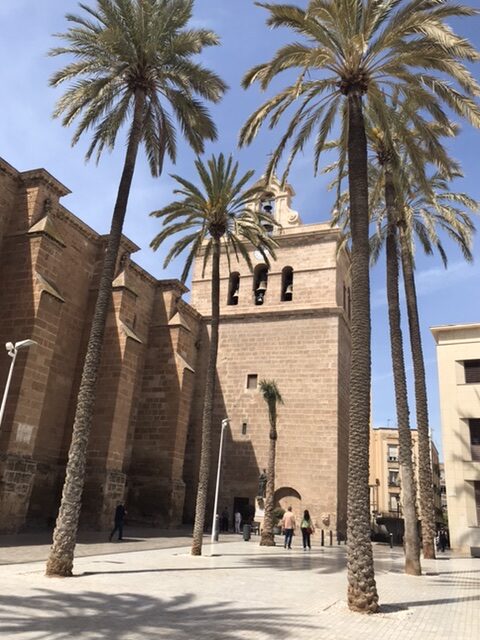
The Cathedral was built both as a place of worship and to defend the city from attacks by Berber pirates.
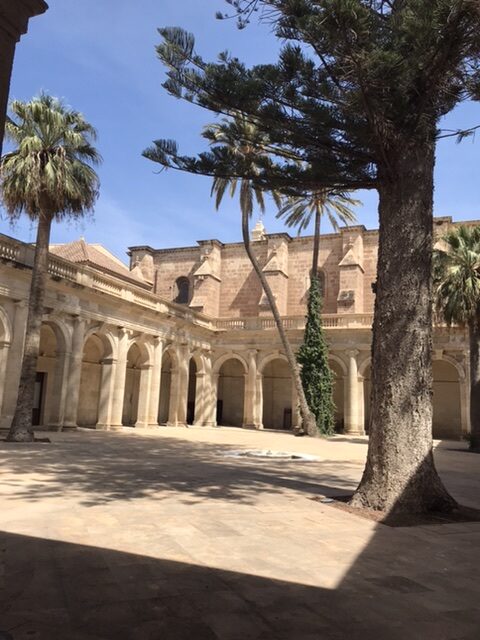
It was built in Gothic and Renaissance architectural styles from 1524 to 1562.
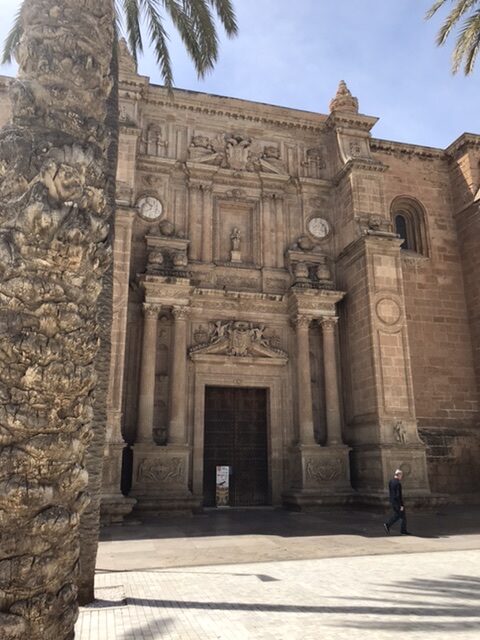
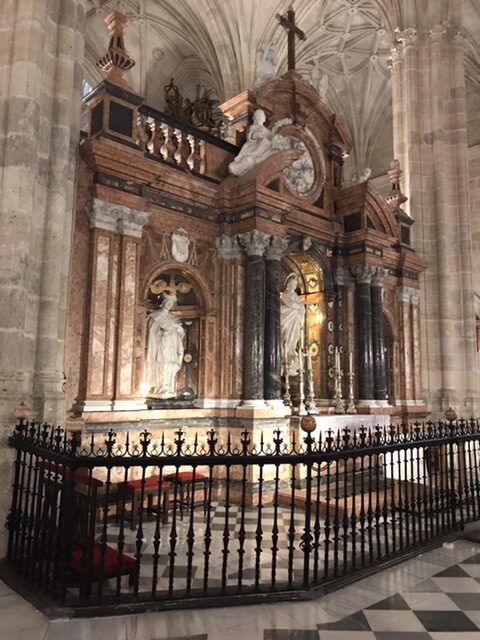
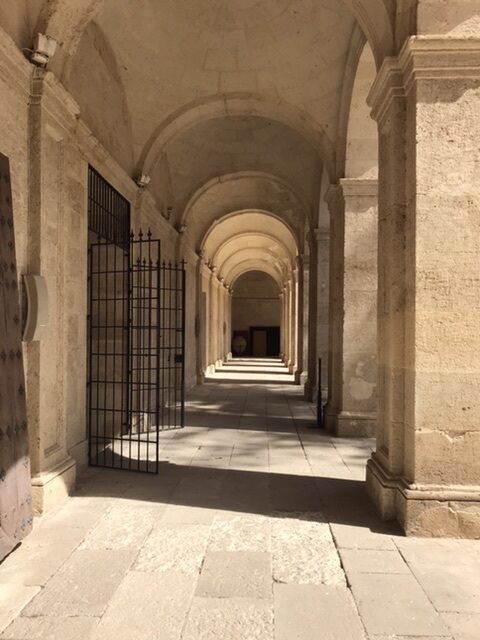
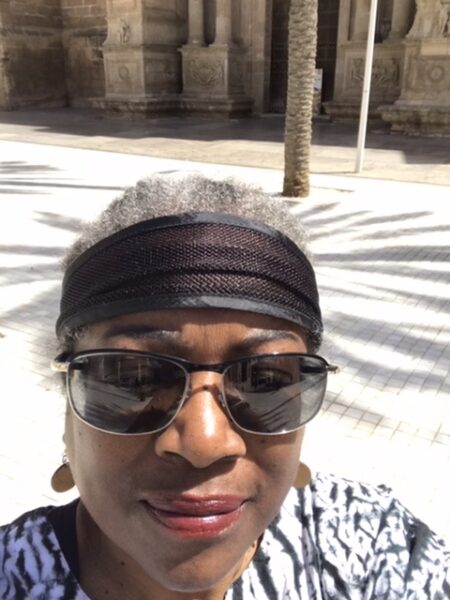
Simple pleasures
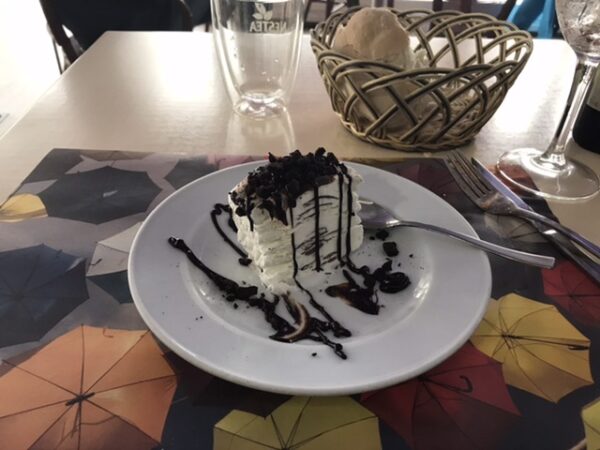
The walk out of Almería to Spain
It is time now to start my pilgrimage. After filling my backpack, I stepped out of my cozy hotel. From this point on, I will be sleeping in shelters or albergues at the end of each walking stage.
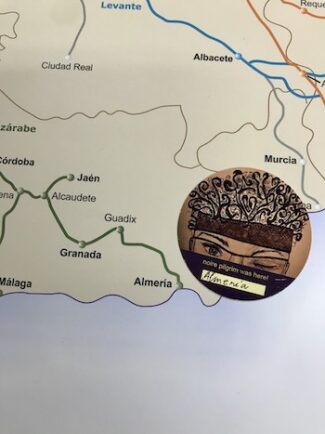
The first yellow arrow or flecha amarilla.
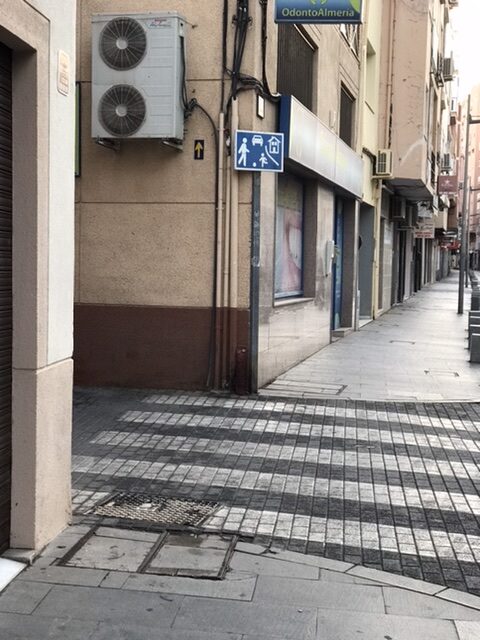
What are these arrows or flechas? The flechas are important guides for the pilgrim on the path toward Santiago de Compostela. They are everywhere and nowhere. Attention must be paid to find and read them correctly.
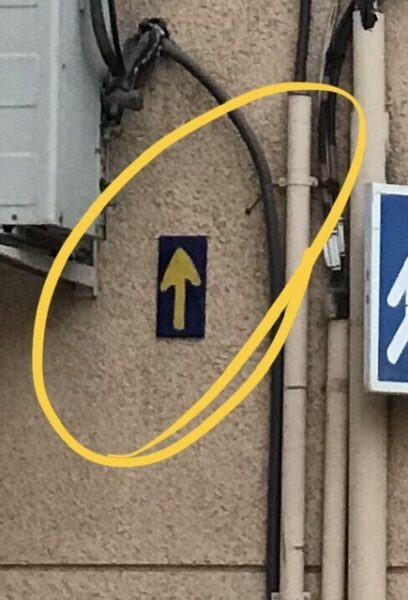
Following the yellow arrows with a keen eye…
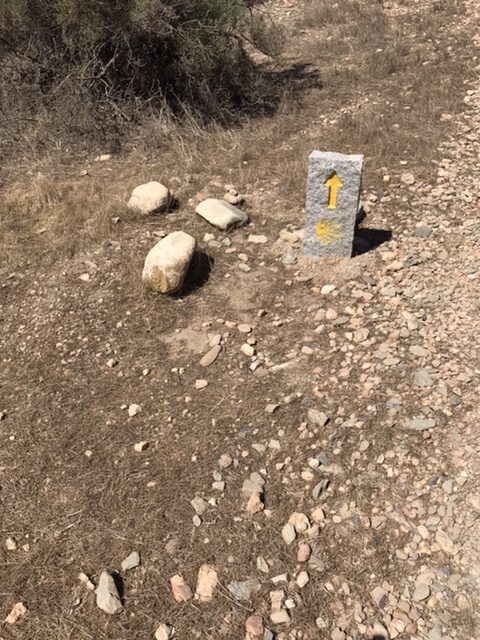
… I’m on my way to Santiago!
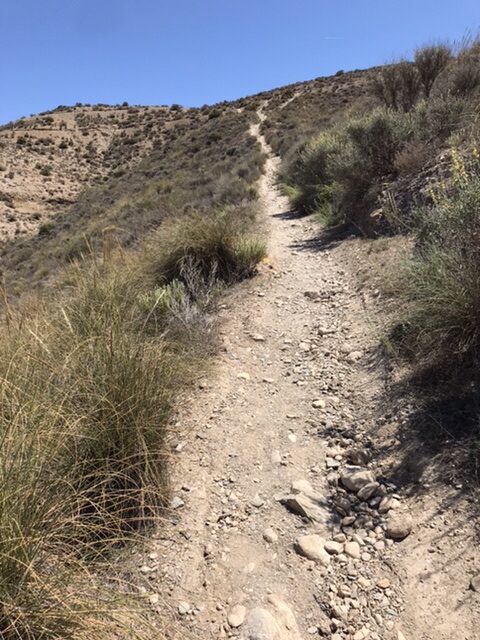
________
Baadaye and Buen Camino
Shirley J ♥️
This and several posts this summer will chronicle my pilgrimage in Spain where I will walk the 1400 kilometer-long camino Mozárabe. Read my announcement here.

